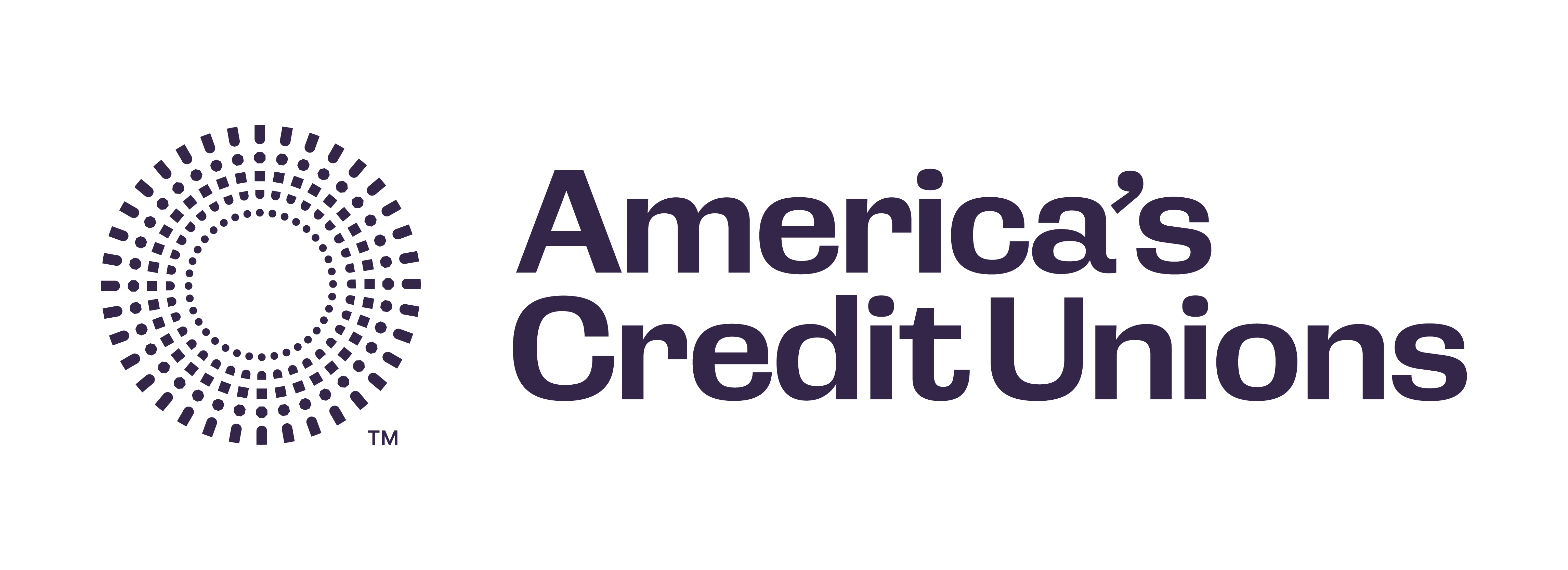Newsroom
CFPB looking at overdraft fees, disclosures
The Consumer Financial Protection Bureau is conducting an inquiry into financial institutions' overdraft protection practices and seeking comment on a draft "penalty fee" box that could be included on consumers' checking account statements to explain overdraft fees and how to minimize them.
CFPB Director Richard Cordray, announcing the inquiry from a press conference in New York City, said the bureau is focusing on industry practices that drive up consumers' costs, mislead consumers and negatively affect low-income and young consumers.
Other regulators, including NCUA, have addressed overdraft practices in recent years through regulation and guidance, and Cordray acknowledged that today's technology offers consumers more opportunities to access their accounts and cause overdrafts. "But overdraft practices have the capacity to inflict serious economic harm on the people who can least afford it," he said. "We want to learn how consumers are affected, and how well they are able to anticipate and avoid paying penalty fees."
The CFPB, in its inquiry, is focusing on:
- transaction re-ordering that increases consumer costs;
- missing or confusing information;
- misleading marketing materials; and
- disproportionate impact on low-income and young consumers.
The bureau is revisiting a 2008 FDIC study that showed 9 percent of checking account customers bear about 84 percent of overdraft fees and that 46.4 percent of young adult accountholders incurred overdraft fees (about a third of those accountholders had more than 10 overdrafts in one year).
The CFPB released its draft penalty fee boxonline and published a notice and request for information on overdraft programs. This box would provide total overdraft and nonsufficient fund fees paid during the statement cycle and compare that with the aggregate overdraft amounts that triggered the fees.
The request for information poses 12 questions about issues such as alternatives to overdraft protection programs, consumer alerts and information provided regarding balances and overdraft triggers, impact of changes to relevant regulations, the economics of overdraft program and impact of changes in financial institutions' operating policies.
The bureau will take comments for 60 days following the notice's publication in the Federal Register. It is also polling consumers on whether they have opted in to overdraft protection programs.
NAFCU is preparing a Regulatory Alert for members that explains the request and includes the 12 questions. Meanwhile, it will discuss this inquiry and the draft penalty fee box directly with CFPB representatives.
Share This
Related Resources
Add to Calendar 2024-06-26 14:00:00 2024-06-26 14:00:00 Gallagher Executive Compensation and Benefits Survey About the Webinar The webinar will share trends in executive pay increases, annual bonuses, and nonqualified benefit plans. Learn how to use the data charts as well as make this data actionable in order to improve your retention strategy. You’ll hear directly from the survey project manager on how to maximize the data points to gain a competitive edge in the market. Key findings on: Total compensation by asset size Nonqualified benefit plans Bonus targets and metrics Prerequisites Demographics Board expenses Watch On-Demand Web NAFCU digital@nafcu.org America/New_York public
Gallagher Executive Compensation and Benefits Survey
preferred partner
Gallagher
Webinar
Add to Calendar 2024-06-21 09:00:00 2024-06-21 09:00:00 The Evolving Role of the CISO in Credit Unions Listen On: Key Takeaways: [01:30] Being able to properly implement risk management decisions, especially in the cyber age we live in, is incredibly important so CISOs have a lot of challenges here. [02:27] Having a leader who can really communicate cyber risks and understand how ready that institution is to deal with cyber events is incredibly important. [05:36] We need to be talking about risk openly. We need to be documenting and really understanding what remediating risk looks like and how you do that strategically. [16:38] Governance, risk, compliance, and adherence to regulatory controls are all being looked at much more closely. You are also seeing other technology that is coming into the fold directly responsible for helping CISOs navigate those waters. [18:28] The reaction from the governing bodies is directly related to the needs of the position. They’re trying to help make sure that we are positioned in a way that gets us the most possibility of success, maturing our postures and protecting the institutions. Web NAFCU digital@nafcu.org America/New_York public
The Evolving Role of the CISO in Credit Unions
preferred partner
DefenseStorm
Podcast
AI in Action: Redefining Disaster Preparedness and Financial Security
Strategy
preferred partner
Allied Solutions
Blog Post
Get daily updates.
Subscribe to NAFCU today.
